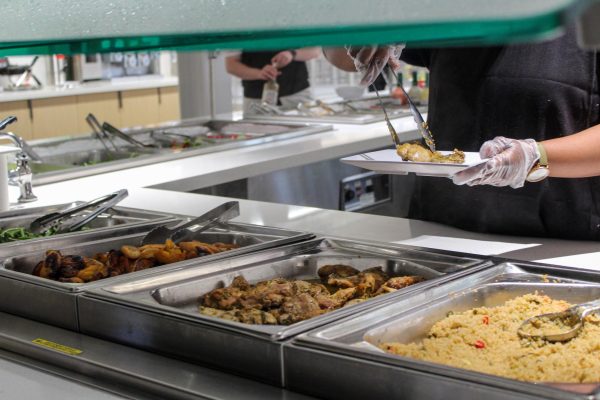Students mindful of how much they spend on spring break
March 17, 2014
Freshman pre-human development major Elizabeth Fleming made sure she stuck to her budget of spending no more than $40 a day when she went to Panama City for spring break last year.
“My mom fronted me the money, and then I worked for it to pay her back,” Fleming said. “The cost of the room was my biggest expense. I spent two to three hundred, but we also split it up among the other girls. Also, our parents chipped in.”
Spring break for Kent State begins Friday, and many students are preparing to travel. Some students plan on budgeting their money while on vacation in order to save.
Travel and tourism contributed $6.6 trillion dollars to the economy in 2012, according to the World Travel and Tourism Council. By 2023, it is expected to rise to $10.5 trillion.
Senior exercise science major TaVaughn Hayes went on a road trip with friends to Miami for spring break last year.
“Gas was my biggest expense,” Hayes said. “We did not expect to spend that much. The drive was about 23 hours, and we did not fly because we wanted to save money.”
Eight in 10 vacation trips were by car in 2012, according to the U.S. Travel Association.
Sophomore computer science major Brandon Best is driving to Washington, D.C. with a few of his friends this spring break.
“It’s cheap, and we can do a lot of stuff,” Best said. “We will budget how much we spend on food. We will try not to spend too much on it.”
Sophomore psychology major Brianna Molitir is also going on the trip with Best.
“The hotel was our biggest expense,” Molitir said. “We pretty much split the hotel costs. We are going to museums and those are all free.”
Sophomore biology major Marc Trommer said he does not want to spend any money on food.
“I probably won’t eat the whole week,” Trommer said.
Senior pre-nursing major Alexandria Gilmore works for the planning team for LearnVest, a financial planning service.
Gilmore recommends that students plan for the total vacation budget before they leave.
“If you know, for an example, you are going to take a road trip, you want to calculate how much it is going to cost for tolls and gas expenses,” Gilmore said. “You could do some research and set aside a certain amount for discretionary or fun choices.”
Gilmore said students should give themselves a buffer just in case some unknown expenses come up.
Contact Breyanna Tripp at [email protected].























